TMC Europa Ltd.Learn More About Us
Extracorporeal Shock Wave Lithotripsy ESWL
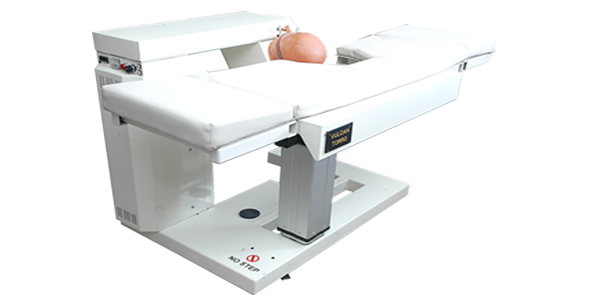
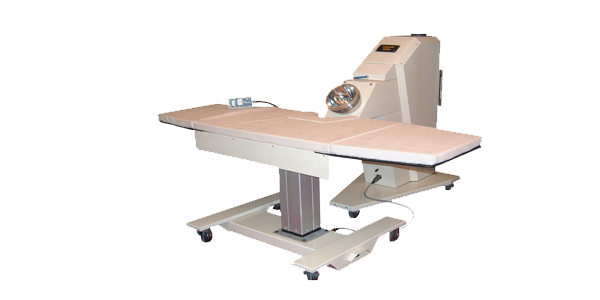
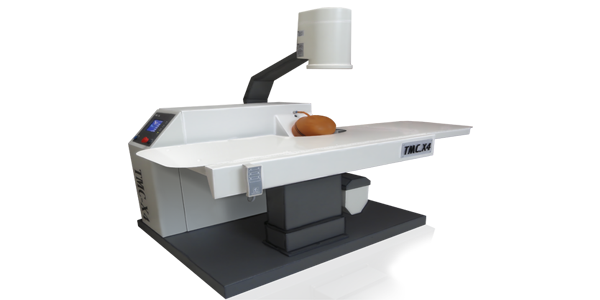
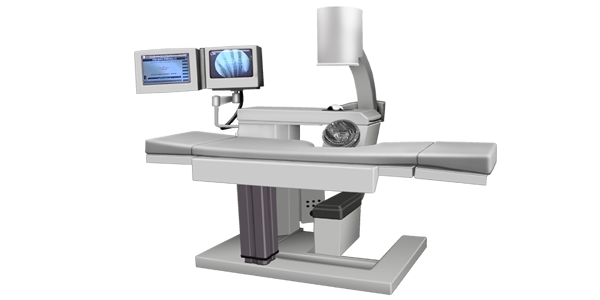
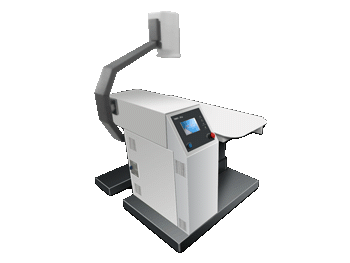
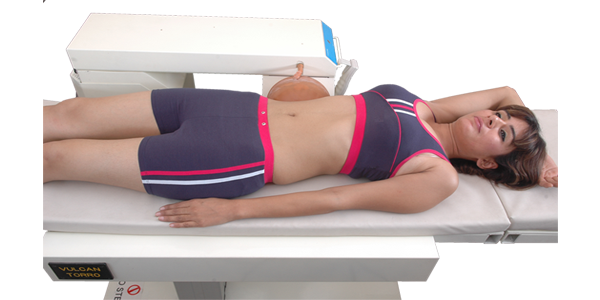
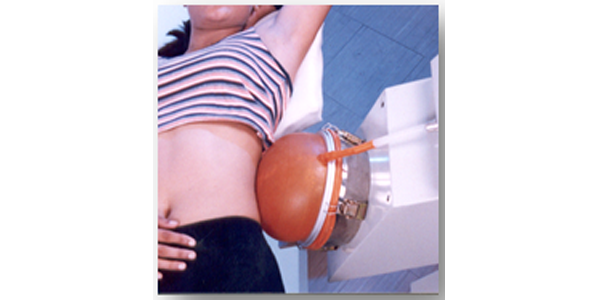
ESWL is a procedure which uses high energy shock-waves (sort of sound waves) produced using an extracorporeal shock wave lithotripsy machine or lithotripter to break the stone inside the kidney in to small fragments or crystals which are small enough to pass through the urinary system while passing urine. The patients are conscious during the treatment procedure, as it is well-tolerable.
No cuts or incisions are done during the procedure and in most of the cases, the patient can go home soon after the procedure. Lithotripsy allows the patient with certain types of stones in the urinary system to avoid an invasive surgical procedure for stone removal. It's a highly acceptable treatment option for patients both economically and physically.
Preparing for the ESWL therapyESWL treatment is done as outpatient or OPD procedure which means there will be no need to be admitted in the hospital, hence extracorporeal shock wave lithotripsy does not have major preparations like surgery. The patient is awake during the treatment and the doctor may inject a painkiller or a sedative to help the patient to keep calm and control his anxiety during the treatment. On TMC, eswl devices anaesthesia is not used during the treatment as the treatment is painless and tolerable by the patient.
The doctor normally advices not eat heavy foods, the day before the therapy. On the day of therapy the patient is advised not to eat anything except have small amount of liquids like tea, coffee or clear soup etc. in the breakfast.
The doctor will also ask the patients if they are taking any medications, based on the patient’s condition the doctor might prescribe some special medication, do some diagnostic tests or advise the patient some specific routine few days before the therapy.
ESWL Extracorporeal Shock Wave Lithotripsy ProcedureThe Lithotripsy procedure is carried out as an OPD procedure using a lithotripsy machine or lithotripsy equipment which takes around 45 minutes to one hour per session, and usually 3000 to 4000 shockwaves are applied during each session of Lithotripsy, to the renal calculus.
This is the average treatment protocol observed by the Extracorporeal Shock Wave therapists at most of the centres, some patients may require more sittings to pulverize the larger stones or multiple stones. The extra numbers of therapy sessions required are decided by the physician, depending on the patient's state.
During the eswl procedure, the patient lies on the treatment table, the stone is located using the ultrasound or fluoroscopy. Once the stone is located, the patient is moved close to the water filled cushion (balloon) and some ultrasound gel is applied on the patient’s body touching the water cushion.
The doctor will finally adjust the patient’s stone at the point of focus of shock waves and start the shockwaves. The patient fells a sensation of tapping during the procedure
After the lithotripsy therapy the patient may be advised to lie down in the recovery room for some time and the doctor will observe the heart rate, blood pressure and alertness, thereafter the patient will be allowed to go home.
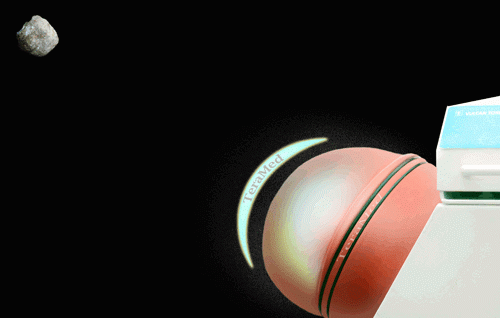
After the procedure, the doctor will advise the patient to drink plenty of fluids for some days to assist passing of stone fragments to pass through urine.
The patient is called up for follow-up after a few weeks. Complications of Extracorporeal Shock Wave TherapyExtracorporeal shock wave lithotripsy complications - Unlike other medical procedures used for breaking or removing kidney stone, extracorporeal shock wave lithotripsy is a non-invasive (non-surgical) procedure typically done on OPD basis and have lesser risk or eswl complications involved. Patients may see blood while passing urine post lithotripsy procedure. Very rarely, some patients can develop infection as the stone fragments pass through the urinary track. As a very rare chance, some patients may feel pain if the broken stone pieces block the urine flow by obstructing the ureter.
